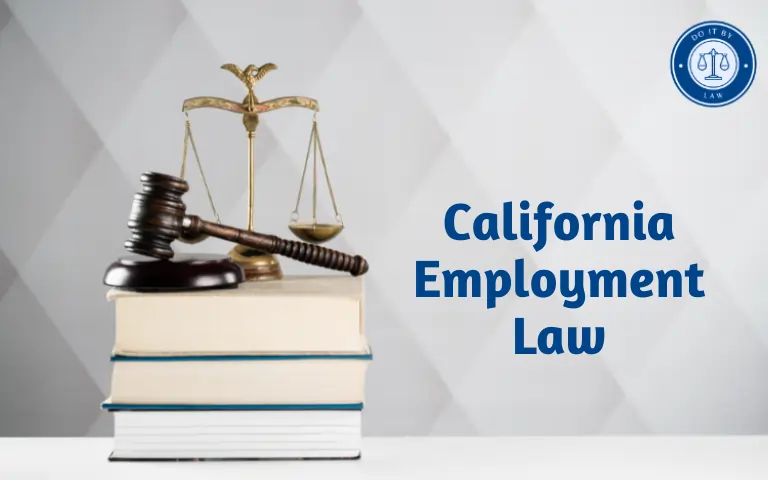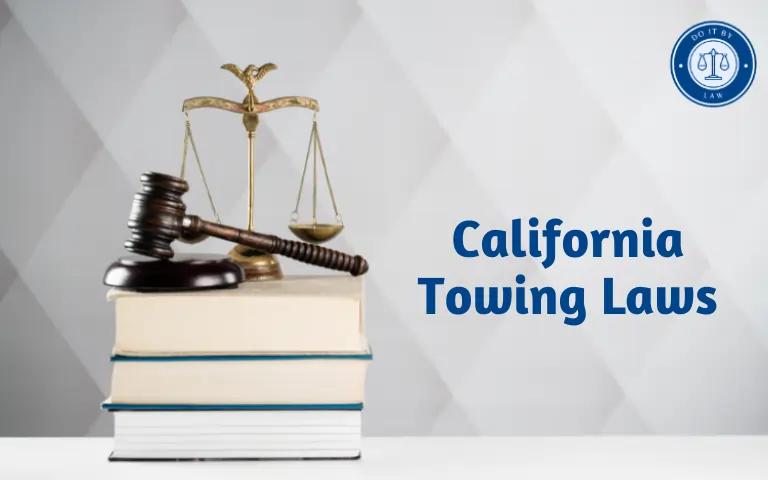California Employment Law: What You Need to Know
California balances strong employee protections with reasonable allowances for operational needs across the world’s fifth-largest economy supporting 19 million workers. Core rules govern hiring practices, discrimination, harassment, wages, breaks, leave, terminations, and more for the majority of jobs. This article outlines critical regulations that both California Employment Law and employees should understand when conducting business in the state.
While most U.S. employment arrangements default to at-will status allowing job or resignation decisions at any time, California tempers this framework with restrictions on unjust terminations. Other requirements around parental leave, overtime, and anti-discrimination also exceed federal standards. Recent expansions brought mandates for COVID-19 safety protocols, warehouse productivity quotas, fast food chain wage bumps, and more emerging from Sacramento’s pro-labor political climate.
Who Do California Employment Law Apply To?
The California State Labor Code and associated regulations overseen by the Department of Industrial Relations govern most private sector employees performing work within the state across all industries and pay levels. Key inclusions and exemptions include:
Covered Employees
- Full-time and part-time staff, including undocumented immigrants
- Hourly, salaried, tipped, commissioned, and piece-rate workers
- Union and non-union roles
- Permanent, temporary, and seasonal jobs
- Remote staffers based in California
Exempt Employers
- Federal jobs and workplaces like post offices, military bases
- Most railroad/airline employees
- Independent contractors who pass ABC employment status tests
- Unpaid interns receiving educational credit
- Out-of-state employees temporarily traveling to California for limited engagements
Key Provisions of California Employment Law
While intricate details span thousands of pages regulating nearly all aspects of the workplace, several core requirements stand out heavily shaping hiring practices and employer-employee relationships in the state:
Wages
- State minimum wage exceeds federal level, reaching $15.50/hour for all employees in 2023 with ongoing indexed increases
- OT pay mandated at 1.5x base rate for over 8 hours in a day or 40 hours in a week
- Meal breaks of at least 30 minutes unpaid required for shifts over 5 hours
- Rest breaks of 10 minutes paid required for every 4 hours worked
- Pay stub transparency listing rates, deductions, overtime details
- Allowance for employees to accrue paid sick leave
Benefits
- Up to 12 weeks of job protection for bonding after childbirth or adoption under CFRA/PFL
- Up to 60/70% pay option during leave periods under CA SDI program insurance
- Qualifying medical conditions allow protected leave spans via FMLA/ADA/FEHA standards
Workplace Standards
- Harassment, discrimination, and retaliation are prohibited on protected characteristics like race, gender, religion, age, disability, medical status
- Whistleblower protections guard employees reporting suspected violations
- Reasonable accommodation duties for employees with disabilities
Hiring Practices
- Restricted questions during applicant screening and testing to prevent discrimination
- Mandatory sexual harassment prevention training for supervisors every 2 years
- Expanded “Ban the Box” rules prevent blanket criminal conviction screening
Terminations
- “At will” framework allows no-fault termination but exceptions exist if discriminatory or retaliatory
- Advanced notice or pay is often required for mass layoffs over a certain percentage of staff
- Final pay with vacation payout due immediately at discharge
Compliance Postings
- Numerous hiring, safety, and labor law notices must be visibly posted in the workplace in all languages reaching over 10% of staff
Penalties for Violating California Employment Law
All California employers including small businesses face substantial financial and legal penalties for failure to meet complex compliance requirements across this web of regulations created by the Labor Code, the Division of Labor Standards Enforcement (DLSE), the Department of Fair Employment and Housing (DFEH), and private litigation.
Potential penalties for violations include:
Fines
Ranges from hundreds up to six-figure sums depending on the infraction, duration, and number of affected employees for issues like wage theft, meal/rest break denial, absence of sexual harassment prevention plans, and more. Trebles under the Private Attorney General Act.
Lawsuits
Disgruntled employees regularly pursue wrongful termination suits for six or seven-figure sums when feeling discharge was illegal. Even baseless complaints bring a defense burden.
Back Pay Awards
DLSE complaints or court rulings commonly award premium overtime wages at an employee’s average compensation rate for entire statute of limitations periods to settle wage disputes.
Job Reinstation
Employees found to be fired unjustly such as for discriminatory reasons like illness or whistleblowing reports often legally regain their job.
License Revocation
Particularly around wage violations, CA may suspend or cancel business licenses to operate.
California Employment Law Recent Changes and Proposed Reforms
California legislature consistently expands worker protections decade after decade via Democratic supermajorities, ballot propositions, and executive orders. Recent impactful changes include:
2022 Laws
- COVID-19 Supplemental Paid Sick Leave mandate extended (Expired September 2022)
- Garment industry piece-rate pay protection law
- Fast food chains minimum wage bump to $22 per hour by 2023
2021 Laws
- COVID-19 Supplemental Paid Sick Leave was introduced temporarily
- Warehouse production quota transparency bill
- Limits on Certain Non-Compete Agreements
- Expanded Family Leave flexibility
- Further Fair Chance Act “Ban the Box” hiring changes
2020 Laws
- Expanded paid family leave benefits duration
- Hospital worker violence standard
- The warehouse quota restriction bill vetoed
Ongoing and upcoming debates focus on the growth of remote work, enacting a statewide just cause termination rule, closing arbitration requirement loopholes, COVID-19 safety oversight, and balancing flexibility for employers around technical compliance burdens relative to worker rights.
California Employment Law Key Controversies, Disputes, and Challenges
While California employment statutes intend to strongly protect workers, critics argue the intricate web of regulation goes too far burdening small business operations. Lawmakers counter that larger employers will always wield inherent advantages absent such guardrails. Major ongoing disputes involve:
Litigation Landmines
Despite aiming to clarify boundaries, the abundance of rules instead fuels legal “gotchas” weaponized by attorneys over technical record-keeping missteps or good faith misunderstandings by HR departments navigating opaque Opinions and determinations. Opening the door for opportunistic employees to claim unintentional offenses deliberately committed to harm them.
Arbitration Agreements
Employers increasingly utilizing fine print arbitration clauses and class action waivers to shield disputes from open court arguments. But new laws aim to ban such provisions as blocking public accountability.
Compliance Complexities
Micro requirements like submitting pay data to state regulators every quarter or tracking precise hours take staff away from business operations according to small business advocates. Though supporters say data improves policymaking.
Contractor Classification
Debates around elaborating standards separating contractors from employees to limit misclassification without impacting legitimate independent work arrangements.
Telecommuting Challenges
Pandemic-accelerated shifts to remote work arrangements fuel disputes around applicable state laws for workers not physically in California but potentially still under protections for hiring, taxes, overtime, and more depending on still evolving permanent hybrid approaches.
Practical Pay Limits
Pushes to raise minimum wages statewide or industry by industry must balance sustainability concerns given California’s already highest base pay floor with high living costs for employers too relative to other states.
Conclusion & Key Takeaways
California workplace regulations go beyond most other states in mandating higher minimum pay, overtime premiums, protected leave, and whistleblower rights alongside stronger anti-discrimination protections. However intricate technical and compliance demands pose challenges for conscientious administrators relative to employers ignoring requirements. Key takeaways include:
- Numerous worker rights exceed federal standards on issues like family leave, pay transparency, fair scheduling notice, and more.
- Employers must post all required state and federal notices visibly in the workplace and keep strict payroll records.
- Protected classes for California go broader than federal rules in areas like political affiliation, marital status, and military service.
- Statutory changes bring rapid new compliance demands around issues like COVID protocols, data privacy, and arbitration.
- Steep legal risks incentivize careful consultation given California’s labor-friendly legal climate.
Hopefully, this overview has outlined enough key context on California’s employment law framework to inform compliant and equitable workplace policies that balance both worker satisfaction and operational priorities. But further expansions of worker protections through new legislation, regulations, and case precedents will continue shaping hiring practices and termination procedures across the state’s job market for years to come.






